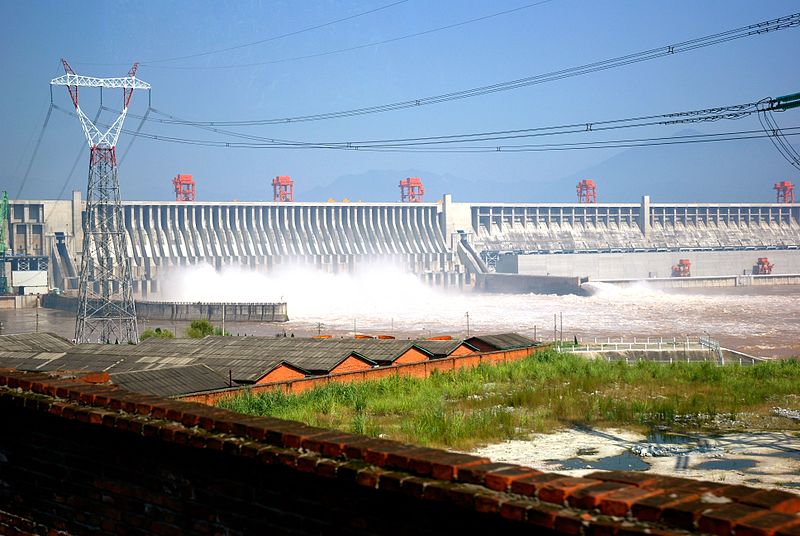With the goal that it’s necessary for hypersonic engines for hypersonic aircraft, the rocket propulsion startup Ursa Major has completed a series of hot-fire tests of its advanced Draper liquid-fuel rocket engine at its Berthoud, Colorado headquarters. It is a closed catalyst cycle engine with 4,000 pounds of thrust developed under contract with the US Air Force Research Laboratory (AFRL).
A hot-fire test is one step in the improvement handle and numerous more tests will need to be performed before Draper is ready for flight.
Hypersonic missiles are considered one of the great potential game changers in future military areas thanks to their ability to fly well more than March 5. As one of the challenges is to equip such hypersonic vehicles with a practical engine, Ursa Major’s Draper engine is designed to be not only restartable and throttleable but also easily storable and transportable.
Although cold cryogenic fuels like liquid hydrogen and liquid oxygen are extremely energy efficient, they are also difficult to store and handle. On the other hand, the Draper engine uses a non-cryogenic kerosene-peroxide fuel combination that offers a simpler storage solution.
In addition, non-cryogenic fuels stay liquid at room temperature and could be useful for some in-space propulsion applications where the propellants are stored for extended periods.
Draper works by using a catalyst to break down the peroxide to produce oxygen to drive turbines then mixing with the kerosene in the combustion chamber. The propellants run through combustion chambers and are easily stored at room temperature. This is not only safer and simpler, but it also can remove the danger of the propellants boiling away.
According to Ursa Major, the Draper engine not only has the stability of solid fuels, but the active throttle control and throttle range of a liquid engine to make greater maneuverability. Therefore, it can be used in hypersonic weapons and simulators to train and test air defenses. in addition, the engine will also be offered for space applications such as orbital transfer vehicles, which require high-impulse maneuvers.
The 5,000-pound-thrust liquid oxygen and kerosene Hadley engine, another Ursa Major product, also made its first flight in March for powering a Stratolaunch hypersonic test vehicle.







